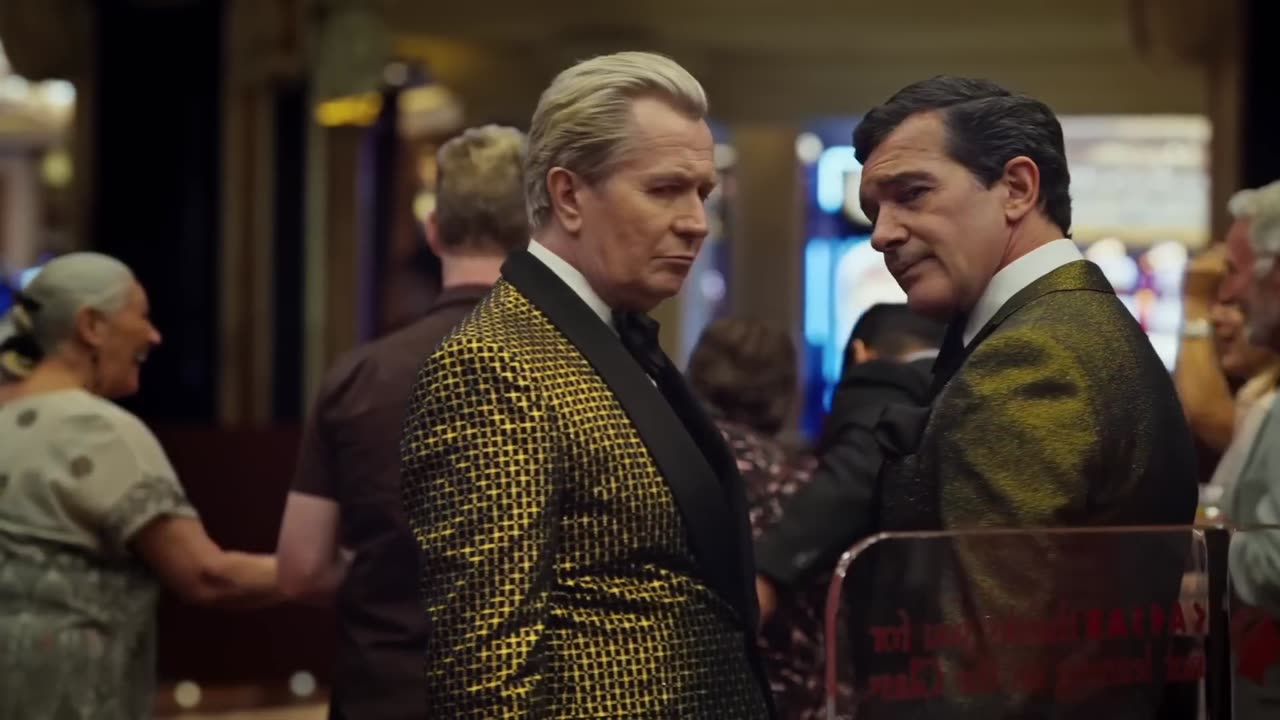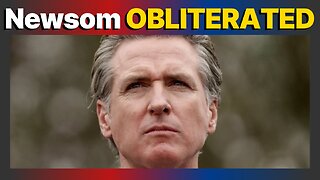Premium Only Content

The ART of MONEY LAUNDERING (Mini Documentary)
Let’s just say you’re a criminal with millions or even billions of dollars, but you have one big problem: Transferring large sums of money or carrying suitcases of cash will raise eyebrows. You need to “launder” the dough to make the dirty money appear to be clean money, so that then it can be spent anywhere in the world (say, on real estate, luxury yachts, strip clubs) no questions asked.
Fear not. With a little financial detergent, your dirty money can become more or less untraceable.
China leads the world in this ancient art. Between 2002 and 2011, some $1.08 trillion departed the country illegally, despite currency-control laws that require people to obtain a permit to exchange more than $50,000 a year worth of yuan into any foreign currency.
But this is a truly international pastime.
Corrupt politicians, drug cartels, alimony deadbeats, nearly everybody’s doing it.
When it comes to money laundering there are three main steps to doing it right:
The first step is… the placement
Placement is the stage when the money enters the financial system for the first time. In this step, the money may be deposited in a bank, added to the accounts of an existing business or disguised as a transaction.
The placement is usually achieved through a series of regular small transactions. If you are a criminal and you make the mistake of a large amount of cash you are probably gonna get caught right away.
Of course, many people who attempt money laundering schemes have no past experience and don’t know what behavior is likely to be flagged. This step is widely considered to be the riskiest. If the deposits are scrutinized at this stage, none of the justifications that will exist later in the scheme will yet be in place.
The second step of money laundering is the Layering
Layering is the stage where the illicit money is put together with legitimate money or placed in constant motion. Layering usually involves generating so many intricate transactions that the dirty cash disappears into them. Illicit money can be used to gamble, then placed into stocks, then shuffled around in different currencies and then used to buy financial products like life insurance policies.
Layering can work in dramatically different ways depending on the scheme. In all schemes, however, the purpose of the layering stage is to make it difficult for even a skilled accountant to differentiate between money that came from legal transactions and money that came from funds that were placed for laundering.
While layering is typically a safer stage than placement, those who are not careful often can still be caught easily if they make mistakes. For example, if a business that averaged $5,000 in transactions a day for years were to suddenly start processing $10,000 in transactions a day, it might attract scrutiny.
The 3rd and last step is integration
Integration is the stage where the money re-enters the legitimate economy. When the money appears to come from legal businesses or investments, or the trail has become too difficult to follow, the money can then be placed into larger-scale investments.
Integrated cash is often placed into luxurious assets, properties, long-term investments, and new businesses. Integrated cash may be used to purchase assets that can be used to facilitate future money laundering more safely.
Examples of Money Laundering
There are several types of money laundering, like casino schemes, cash business schemes, smurfing schemes, and foreign investment schemes.
A complete money laundering operation will often involve more than one as the money is moved around to avoid detection. For instance, proceeds from cash businesses can be gambled, just as the “success” of a cash business that has been infused with placed cash can be used to justify investments or loans, which come from cash placed offshore.
...
-
 2:02:18
2:02:18
Side Scrollers Podcast
18 hours agoVShojo COLLAPSES, Unhinged CELEBRATE Hulk Hogan’s Death, Chuck E Cheese ARRESTED | Side Scrollers
6.08K2 -
 25:49
25:49
GritsGG
10 hours agoRank 1 Player Crushes Solo Lobby!
6.8K3 -
 35:14
35:14
The Pascal Show
11 hours ago $1.36 earnedHE'S GONNA SUE COLDPLAY?! Astronomer HR Resigns & Ex-CEO Set To Sue Coldplay Over Kiss Cam Drama
4.08K3 -
 LIVE
LIVE
Lofi Girl
2 years agoSynthwave Radio 🌌 - beats to chill/game to
477 watching -
 19:18
19:18
DeVory Darkins
6 hours ago $23.55 earnedDemocrat non-profit SCAM EXPOSED as Trump OBLITERATES Newsom
35K73 -
 23:58
23:58
Stephen Gardner
8 hours ago🔥Obama THROWS Adam Schiff under the bus to obstruct Trump!
27.6K111 -
 38:44
38:44
The Why Files
4 days agoProject Ancient Arrow | The NSA's Secret War Against Our Future
63K74 -
 2:36:06
2:36:06
Barry Cunningham
10 hours agoPRESIDENT TRUMP IS TRULY USHERING IN THE GOLDEN AGE OF AMERICA! CAN YOU FEEL IT?
114K44 -
 3:47:25
3:47:25
SynthTrax & DJ Cheezus Livestreams
3 days agoFriday Night Synthwave 80s 90s Electronica and more DJ MIX Livestream 2K Celebration SPECIAL EDITION 530pm PST / 830pm EST
55.7K5 -
 2:21:54
2:21:54
VapinGamers
7 hours ago $3.67 earnedDestiny 2 - Edge of Fate Legendary Run Part 3 - !rumbot !music
31K